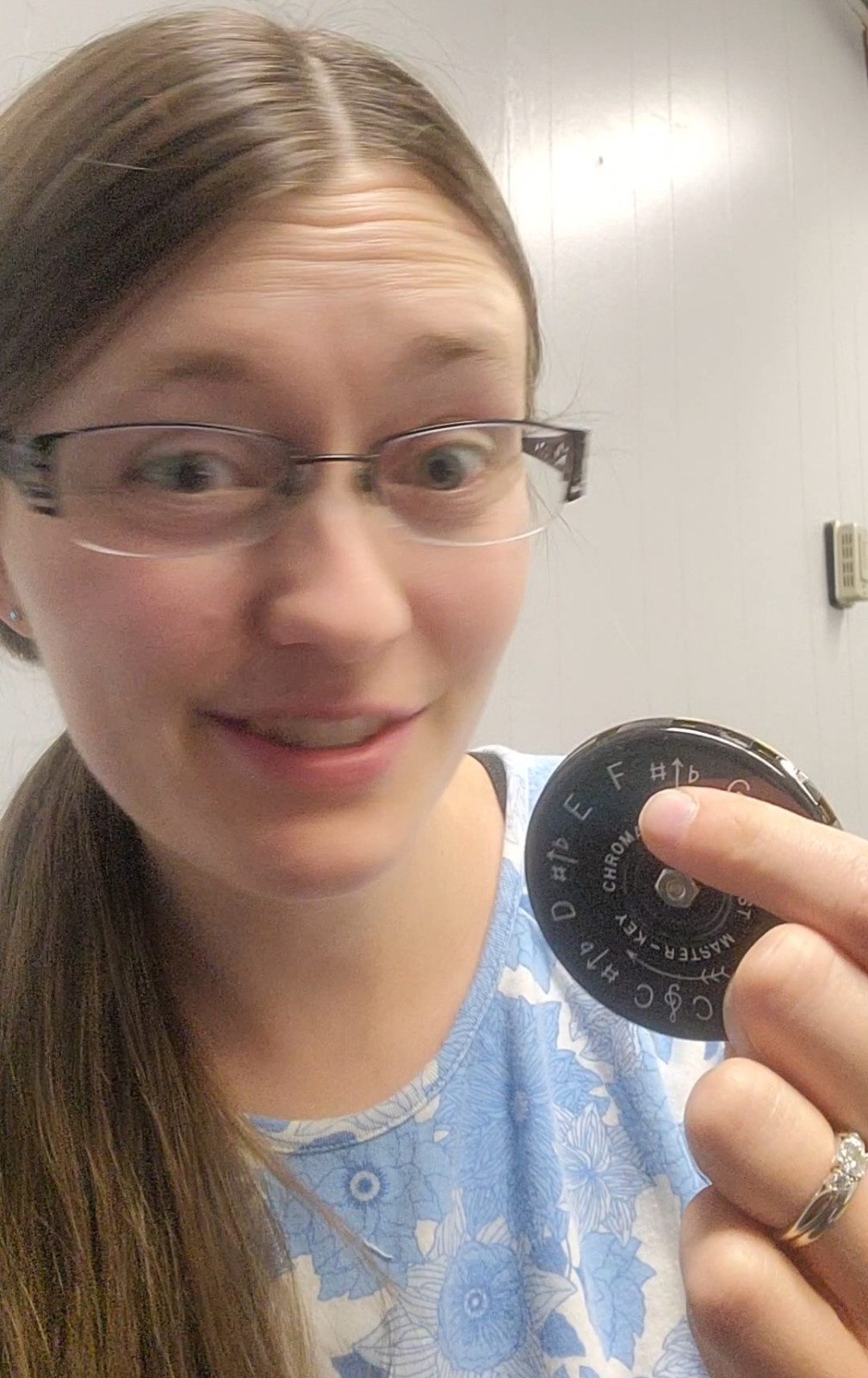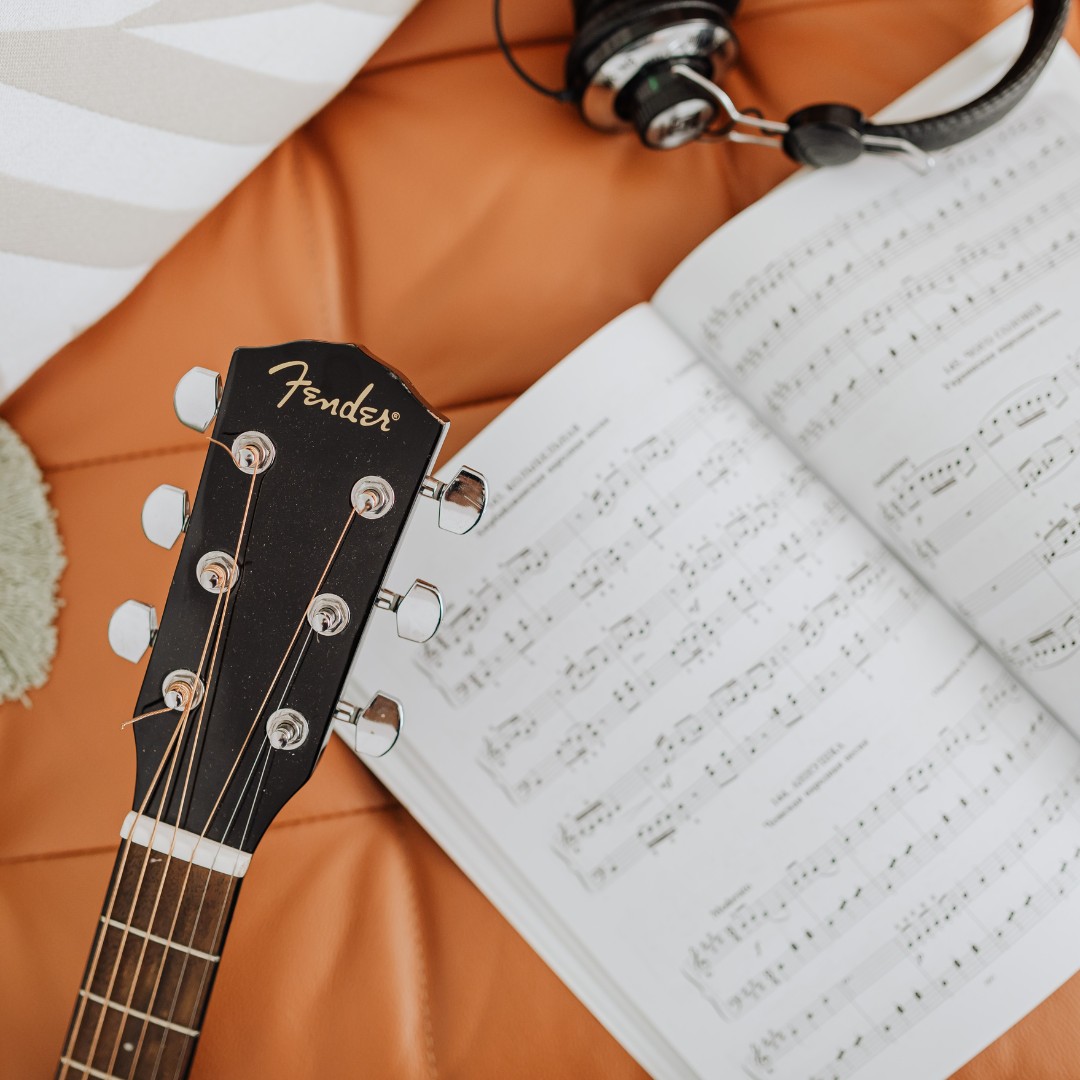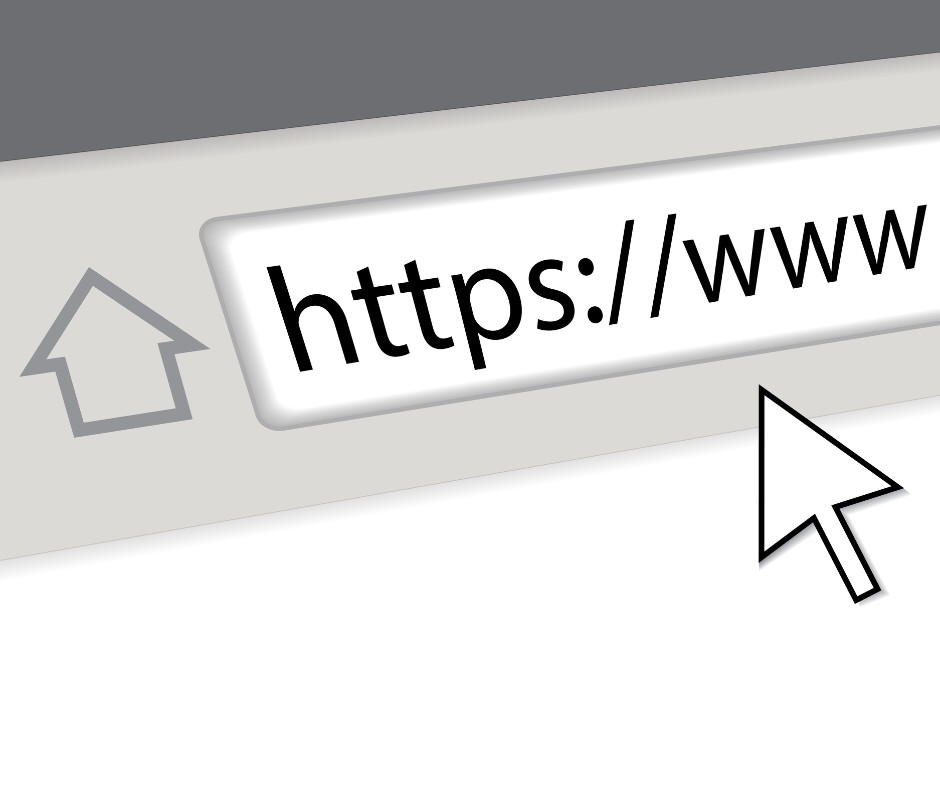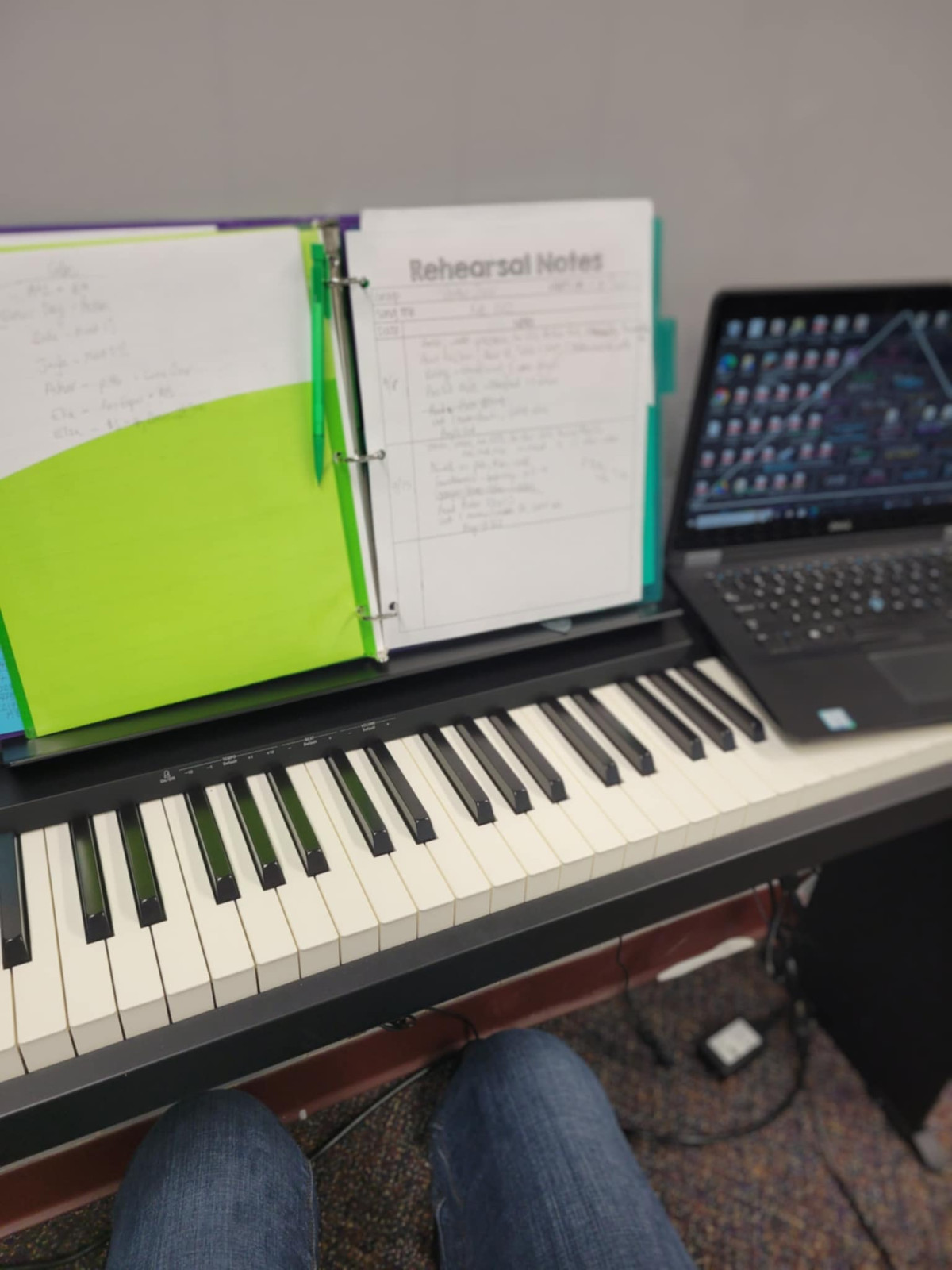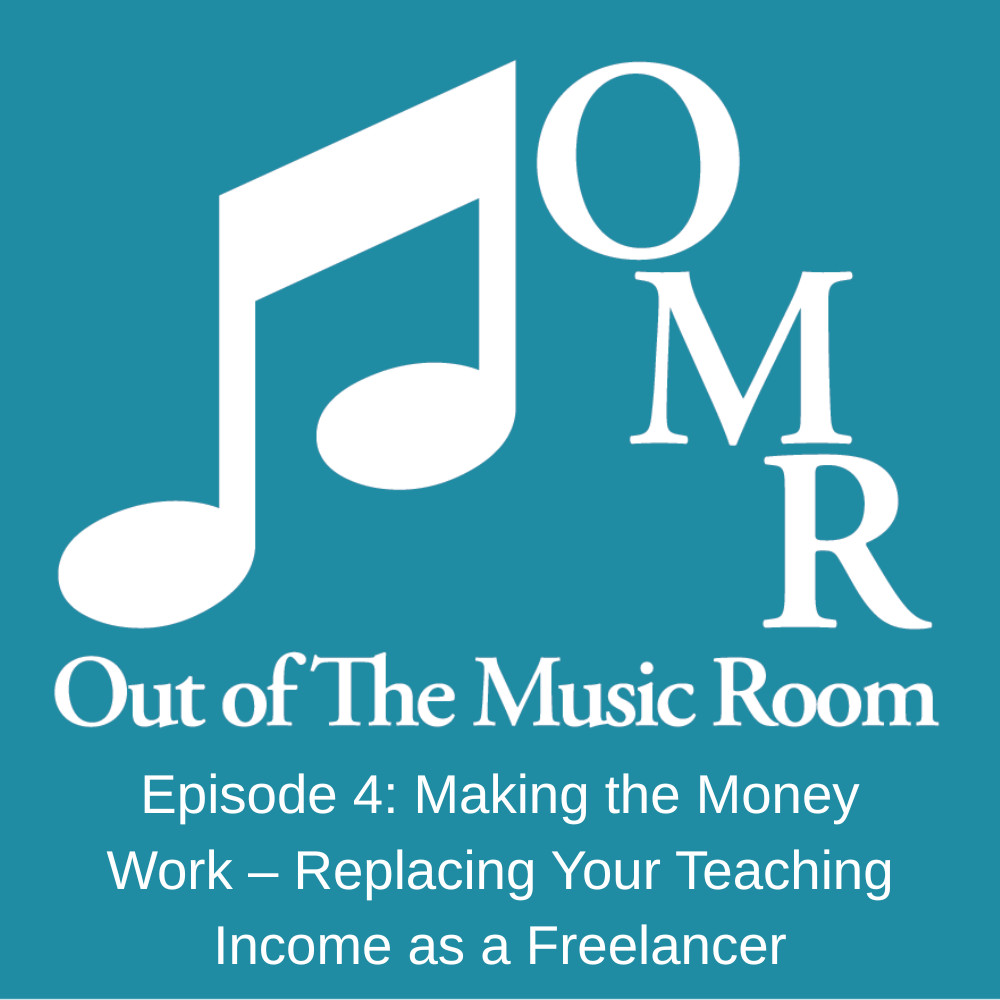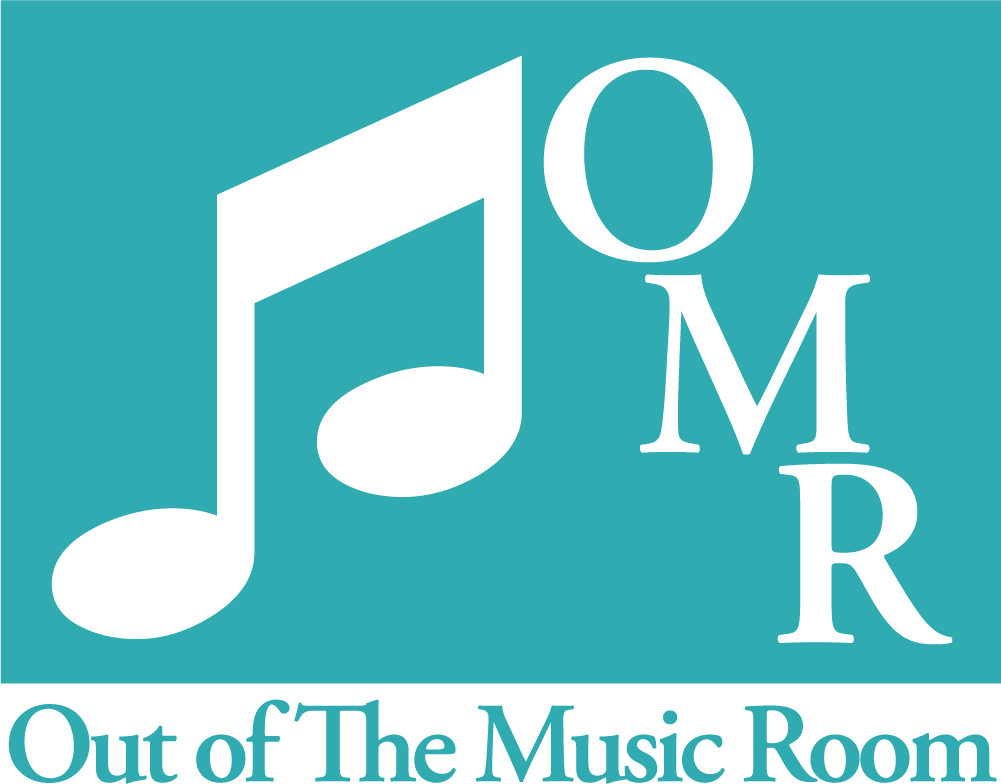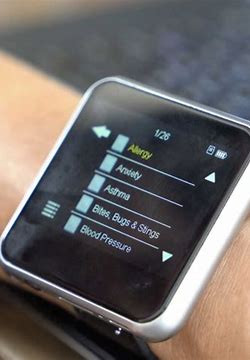
I had a moment while driving in the car on the way to work one snowy morning... I can't believe I am telling you this, but it's true. I thought, 'What if I ran into the ditch so that I couldn't make it to work today?' That's how desperate I was for change. For me, that looked like both job changes and physical ones, like finding tools to support my body and mind so that I didn't break down altogether.
Enter WavWatch, one of those tools. Designed to support people in various aspects of their well-being, in this blog, I'll share three ways WavWatch contributes to my health and wellbeing as an educator, addressing concerns from everyday stress to more significant health challenges.
(Read to the end for a discount code if you're interested in one for yourself!)
- Stress Reduction and Anxiety Management: some of the settings on WavWatch support general stress and anxiety. This has provided me so much help because it helps my body and mind calm after the long day at work and allows me to more efficiently complete the tasks I need to get done so that I can spend more time with my family.
- Resilience through Traumatic Situations: WavWatch stands as a beacon of support during challenging times, providing a sense of normalcy and routine even through traumatic situations. Its capabilities ensure that teachers can navigate health challenges without compromising their dedication to their work. I have found it extremely helpful to help my body process after really tough days working with student situations so that I can show up my best the next day.
- Promoting Physical Well-Being: Beyond bigger support, WavWatch promotes physical well-being by helping me maintain health in myself and my family -- we've been sick less often. Teachers (especially those of us with kids!) know how key this is.
You can learn more about how the WavWatch works here and use code ANDREAO100 for $100 off!
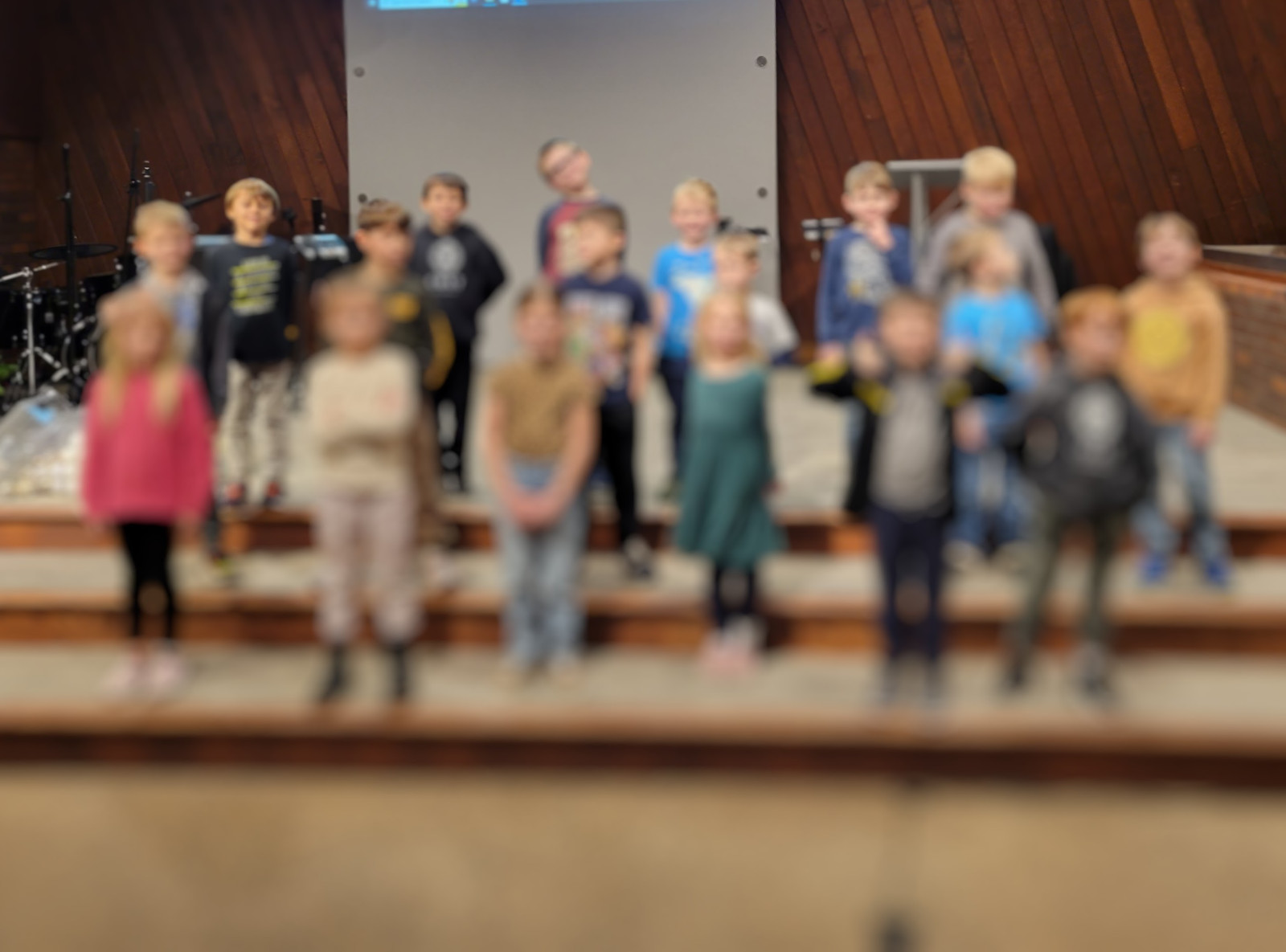
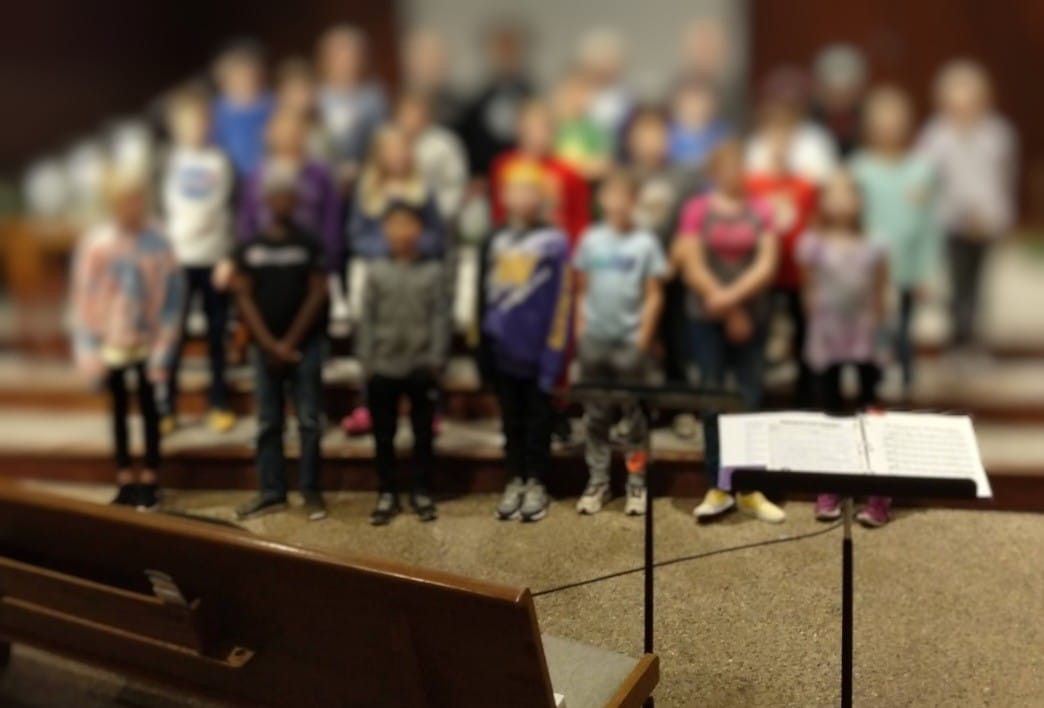
- Note Recognition: The ability to identify and sing the correct pitches indicated in the musical score.
- Rhythm Recognition: Being able to interpret and execute the rhythm of a piece accurately.
- Interval Recognition: Recognizing the distance between two pitches, which helps in accurately reproducing melodies.
- Key and Scale Recognition: Understanding the key signature and scale of a piece, which guides the performer on which notes to sing.
- Phrasing and Articulation: Interpreting the musical notation to convey musical expression, including dynamics, tempo, and articulation.
Ear training, also known as aural skills, involves developing the ability to identify and reproduce musical elements solely by hearing them. This includes melody, harmony, rhythm, and timbre. My goal is always to develop the musical ear before the musical eye.
- Pitch Recognition: Identifying individual pitches and intervals between them.
- Melodic Dictation: Hearing a melody and writing it down in musical notation.
- Harmonic Analysis: Recognizing and identifying chords and chord progressions in a musical piece.
- Rhythmic Dictation: Hearing a rhythm and notating it accurately.
- Chord Progression Recognition: Identifying the sequence of chords in a piece of music.
- Transcription: Listening to a piece of music and notating it in sheet music form.
Conversational Solfege is a system of 12 steps that addresses these needs first by ear and then adding the eye and symbols to it to develop a person's musical mind and musical thinking in a playful, creative way!
To learn more about Conversational Solfege, check it out here. And here are the flash cards I use that go with the CS units. I'm happy to chat more about CS as well, it's a passion of mine to use this well-created resource to help develop young musicians.
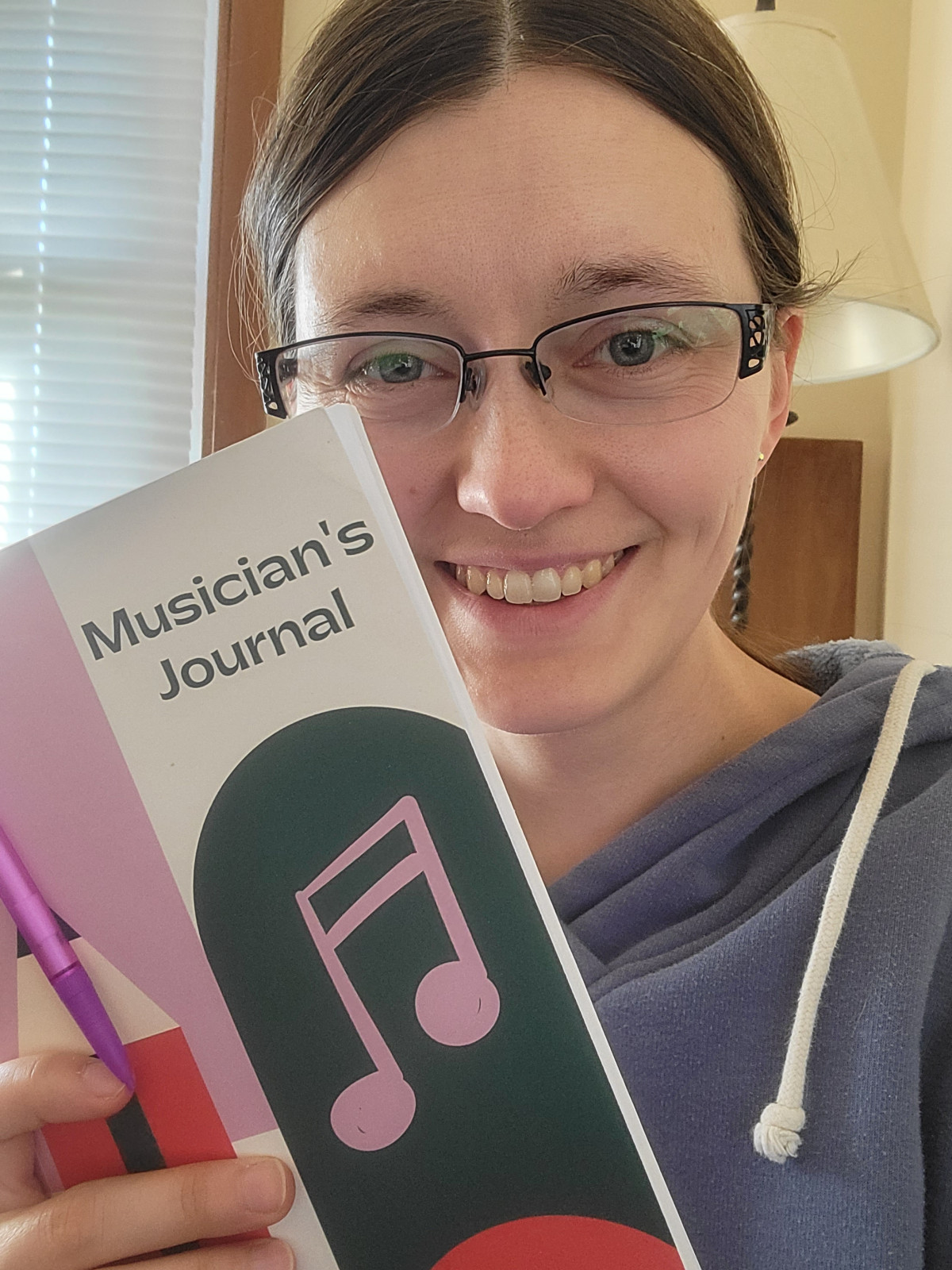
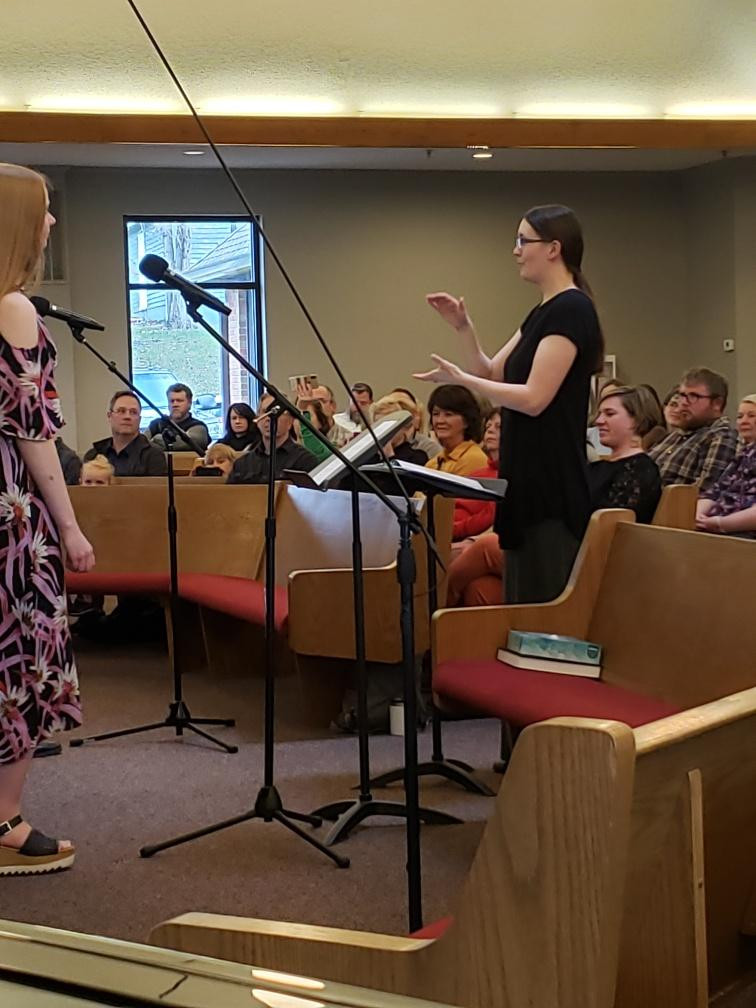
- Are you referring to having no music degree or to having any undergraduate degree?
- What setting are you wanting to teach in?
- What kind of music are you wanting to teach?
- What time of day are you wanting to teach?
- What type of students are you wanting to teach?
- What background knowledge to do already have as credentials?
